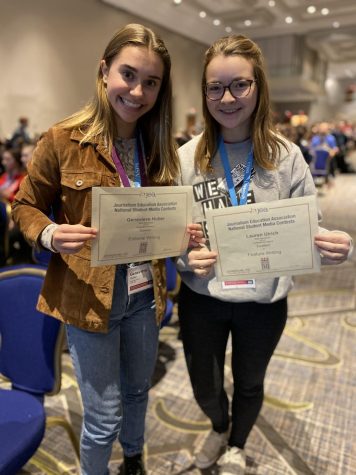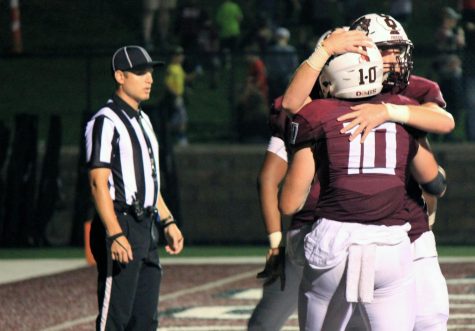Former Rolla student finds cure for cancer
Whether it be a family member, a friend, or even an acquaintance, most people know of someone who has battled cancer. Though survival rates have generally gone up as modern medicine has progressed, therapies like chemotherapy and radiation often have harmful side effects, and many people still succumb to the ruthless disease.
The International Institute of Nano and Molecular Medicine at the University of Missouri has been working on a potential cure to cancer. Led by Dr. M. Frederick Hawthorne, the institute has conducted research on Boron Neutron Capture Therapy (BNCT) as a way to kill cancer cells with no side effects. Since the discovery of the neutron in 1932, scientists have realized the potential of the boron neutron as an effective way to treat cancer. However, for decades, the problem remained that there was no feasible vehicle to deliver the treatment without harming surrounding tissue. Dr. Hawthorne and his research team have come up with a solution – a chemical that is absorbed only by the more accepting cancer cells. Once inside the cell, the capture of the neutron by the boron chemical releases helium and lithium atoms that penetrate the cell from the inside and destroy it, all while leaving the surrounding cells unaffected. If put into effect, this alternate form of radiation therapy would be the first of its kind, and the University of Missouri would be the first institution with facilities to perform BCNT in the world.
“Potentially, it can provide another cure for a variety of cancers. It should be free of side effects and effective in eradicating cancer cells,” Dr. Hawthorne said.
Though there is still a long way ahead to approve the treatment. Testing is currently being conducted on mice, and machines need to be developed to carry out the treatment on a larger scale. However, the outlook is promising.
“The treatment will probably be available to the public, barring any complications and assuming we get approved, in the next five to ten years,” Dr. Hawthorne said.
Curing cancer is only the latest on Dr. Hawthorne’s lengthy list of accomplishments. The 2009 Priestly Award winner and recipient of the 2011 National Medal of Science credits his dedication to chemistry for his success.
“I was just really interested in what I was doing. I was ambitious, and I worked really hard. I got where I am today through interest in the subject and luck, just being in the right place at the right time,” Dr. Hawthorne said.
Dr. Hawthorne’s advice to high school students is the same philosophy he’s followed to achieve the success he has experienced in his over 50 years in the field of boron chemistry.
“Be very interested in what you do. If you are not, it won’t work out for you,” Hawthorne said.









